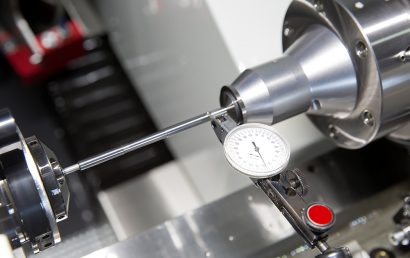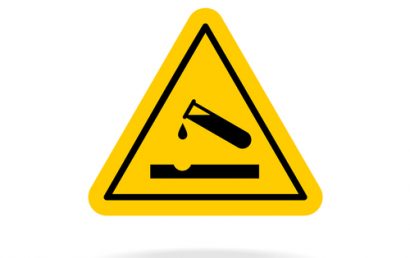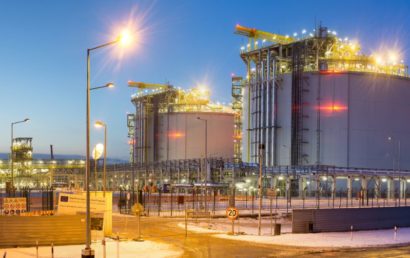Thermal Barrier Coating Designs: Understanding Thermal Conductivity
TBCs, or thermal barrier coatings, are widely used in automotive, aerospace, and aviation sectors for the management of exhaust heat related hazards. They are used to extend the service of, and for thermal insulation of, hot section metal components in engines. At around 1200°C, metal components in engines begin to melt. When fuel burns at exceedingly high temperatures (2000°C), as in the aviation field, safe operation of the engine can only be guaranteed by the use of these components.
The Perfect Thermal Barrier Coating?
What makes a TBC the ideal candidate for this job? First of all, even at elevated temperatures, the material must have high toughness and a relatively low thermal conductivity. But after application, at operational temperatures, it must be without phase changes for measurable sintering behavior within the temperature range at which it operates. Additionally, the material may be required to be refractory in any number of TBC applications. One refractory material being used today for its state-of-the-art characteristics is YSC, or yttria stabilized zirconia. It exhibits the required aspects just mentioned.
Unfortunately, at very high temperature applications, there are also some negative aspects to YSC, and these fails are critical. It is unsuitable when temperatures reach in excess of 1200°C because of its phase change behavior and sintering. In aviation, is not uncommon for temperatures to rise to between 1350°C and 1425°C. That is when engines run at optimal efficiency. So, a TBC material that was capable of protecting engine parts in temperatures of 1400°C and up was needed. Obviously, when it comes to the high-temperature operations of today’s advanced jet engines, much interest still continues in this area; and researchers are working hard to develop the appropriate ceramics needed for an ideal TBC.
YSC’s Understudy
LTA is currently being studied as one of the newer materials being considered in the TBC field. Officially, it goes by the following: LaTi2Al9O19. It not only has thermochemical stability, but in temperatures up to 1600°C, exhibits excellent phase stability. Once again, however, there is a downside. Its fracture toughness is considered on the low side and, especially in aviation situations, that renders it inappropriate for high-cycling applications.
University College London Research
The UCL Institute for Materials Discovery published a work recently regarding TBC material development to be used in temperatures as high as 1500°C. A new composite ceramic was developed using a combination of 4YSZ (4% YSZ) and LTA. Two other control samples were used for comparison in the research project. Based on the patented MTPS, or Modified Transient Plane Source, the C-Them TCi Thermal Conductivity Analyzer was used to compare this new composite ceramic combination in the three-ceramic comparison.
The result: a comparable Young’s modulus, superior hardness, and a lesser coefficient of thermal expansion. This is good news for the TBC industry.
When it comes to thermal protection, A&A Coatings has you, your business, and your components covered – literally. We use thermal sprayed coatings to protect machine parts, products, surfaces, and more in almost every industry on earth. If you would like to find out what thermal sprayed coatings can do for you and your business, contact us today.



